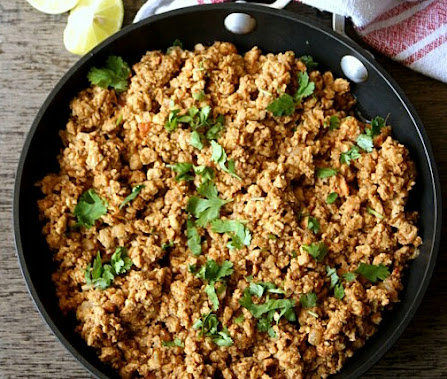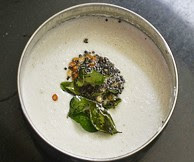This refresher is also ideal for those who suffer from fatigue and depression as it helps increase low level of serotonin. This refresher is also full of of vitamin K & Vitamin C which is perfect for bones and teeth as well as blood circulation.
Here is a simple recipe to prepare a refreshing cucumber mint refresher:
Ingredients for cucumber mint refresher:
- 1 large cucumber
- 1 handful of fresh mint leaves
- 2 tablespoons of honey or maple syrup
- Juice of 1 lemon
- 3 cups of water
- Ice cubes
Instructions:
- Start by peeling and chopping the cucumber into small pieces.
- Next, add the chopped cucumber, fresh mint leaves, honey or maple syrup, and lemon juice into a blender.
- Pour in 3 cups of water and blend until the mixture is smooth and well-combined.
- Strain the mixture through a fine-mesh strainer to remove any pulp or solids.
- Pour the cucumber mint refresher into a large glass pitcher and add ice cubes to chill.
- Stir well and taste to adjust sweetness and tanginess according to your preference.
- Serve and enjoy your refreshing cucumber mint refresher.
You can also add a splash of soda water or sparkling water to add some fizz to your drink. This healthy and hydrating beverage is perfect for a hot summer day or as a refreshing post-workout drink.












